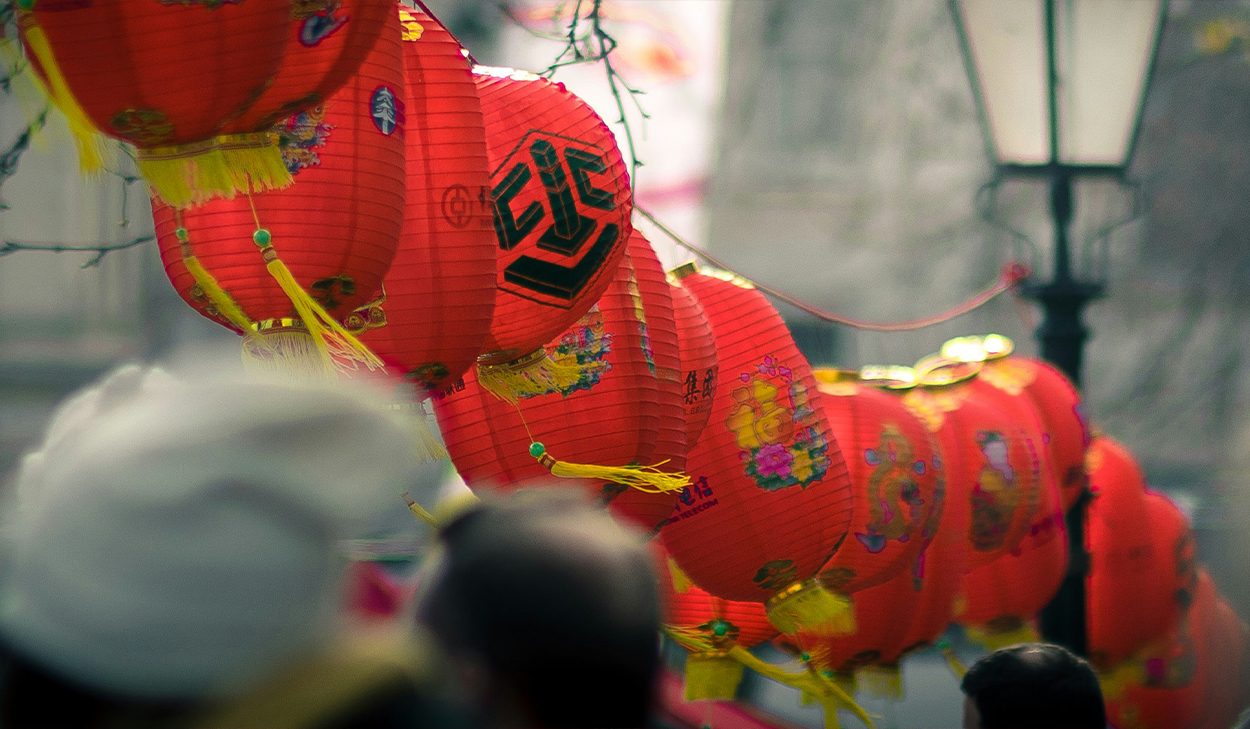
While much of the world finishes celebrating the new year on January 1, some Asian cultures prepare to celebrate a different kind of new year in late January or early February. The Lunar New Year, also known as Chinese New Year and the Spring Festival, is a prominent holiday in East and Southeast Asian countries, including China, Vietnam, Korea, and Singapore.
Lunar New Year follows the lunar calendar (established before China adopted the Gregorian calendar) and begins with the new moon closest to the midpoint between the winter solstice and the spring equinox.
While the Lunar New Year is largely a secular holiday, many traditions originated from Buddhism and Taoism. Believers should understand the significance of Lunar New Year to know how to share the love of Christ with friends who celebrate this holiday.
Lunar New Year
One common origin story for Lunar New Year is that the celebrations began as a way to scare off a beast called Nian. According to legends, Nian would come into villages every spring and attack people. The beast was eventually driven away by firecrackers, which are now used to celebrate the victory.
Each Lunar New Year is represented by one of 12 zodiac animals. The story of these animals varies depending on the source. Some say these animals are guards to the heavenly gate. Others say the animals descended from the heavens to celebrate the coming of spring. It is believed that a person born in the year of a certain zodiac will inherit the good characteristics of that animal. For instance, those born in the year of the dragon (such as 2012 and 2024) are believed to be independent, confident, and great leaders.
The holiday also celebrates new beginnings and ushering in good luck for the new year. Before the new year, people will clean their homes to symbolize ridding the house of the previous year’s bad luck and making room for good luck to enter. Families will also gather for a large dinner and serve dishes that represent abundance and fortune.
During the two-week Lunar New Year festivities, people will dress in red and decorate their homes with red paper because the color signifies good fortune. Younger, unmarried family members will receive red envelopes with money. Festivals will often include firecrackers and lion dances, which are meant to ward off evil spirits. Some people may pray to deceased relatives and visit their graves.
Lunar New Year celebrations end on the 15th day with the Lantern Festival. This festival has a couple of different origin stories, but one of the most recognized stories is that Emperor Ming in China was a devout Buddhist. When he learned that Buddhist monks would light candles for the Buddha on the 15th day of the first lunar month, he ordered all households and temples to light candles and lanterns. Today, the festival includes giant lanterns, lion dances, games, and sweet treats called tangyuan.
Gospel Opportunity
There are many aspects to the Lunar New Year and different ways to celebrate it. Because it is largely a secular holiday, not everyone observes the religious facets of the two-week celebration. Having a gospel conversation related to the Lunar New Year might depend on the activity and the motivation behind the celebration.
If you have friends who don’t know Jesus and are celebrating the Lunar New Year, ask them about the significance of the holiday. If they share about Buddhist or Taoist beliefs, ask if you can share what you believe.
The Lantern Festival is also known as Chinese Valentine’s Day and is a popular day for celebrating love. You could ask if you can share your favorite verse about love from the Bible and explain what it means.
If you are invited to a Lunar New Year celebration, pray for the Lord to open doors to conversations with those who don’t know Jesus and that their hearts will be softened to God’s love.